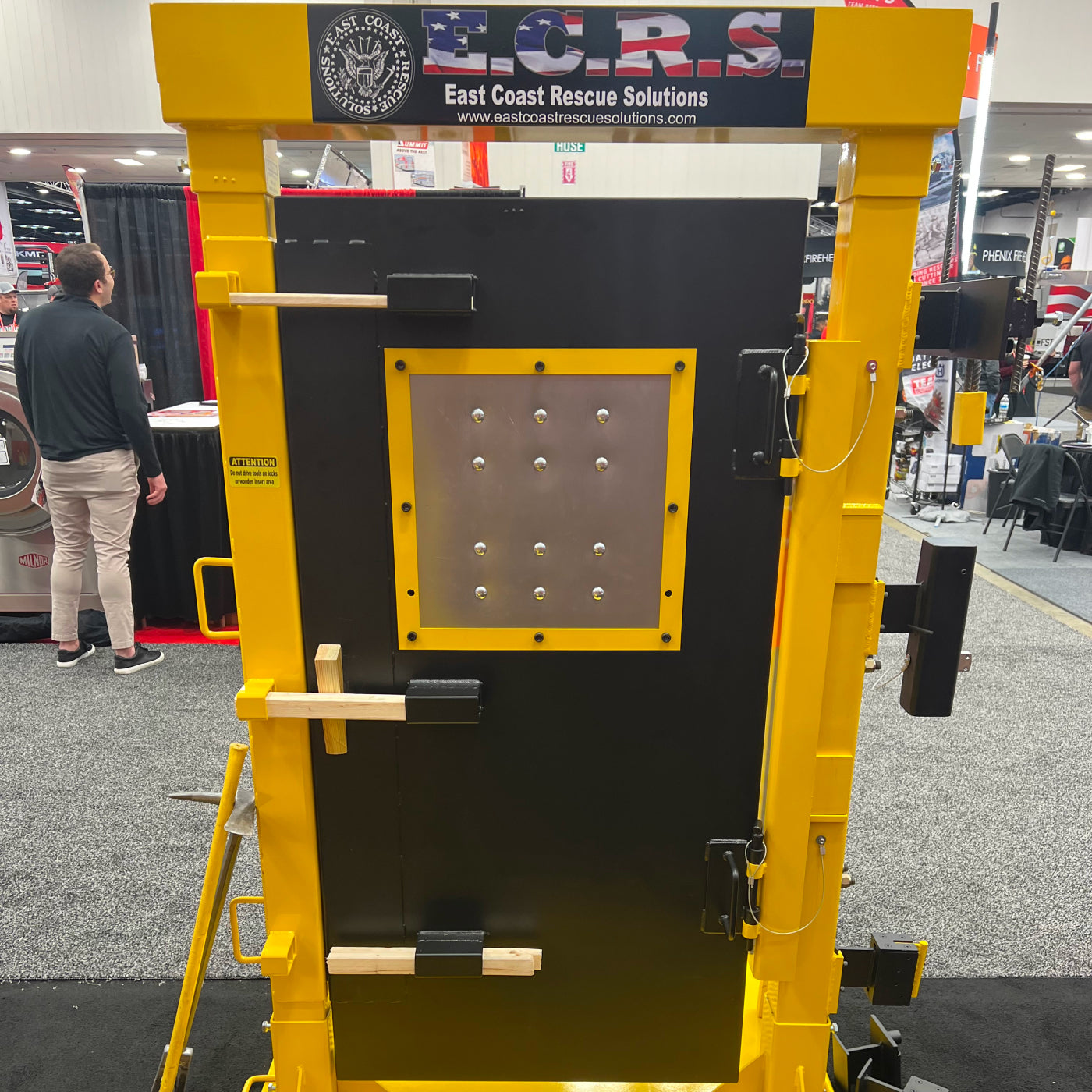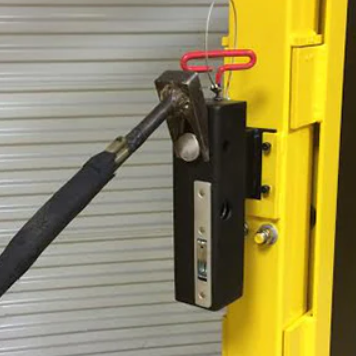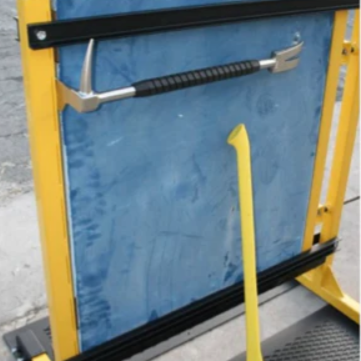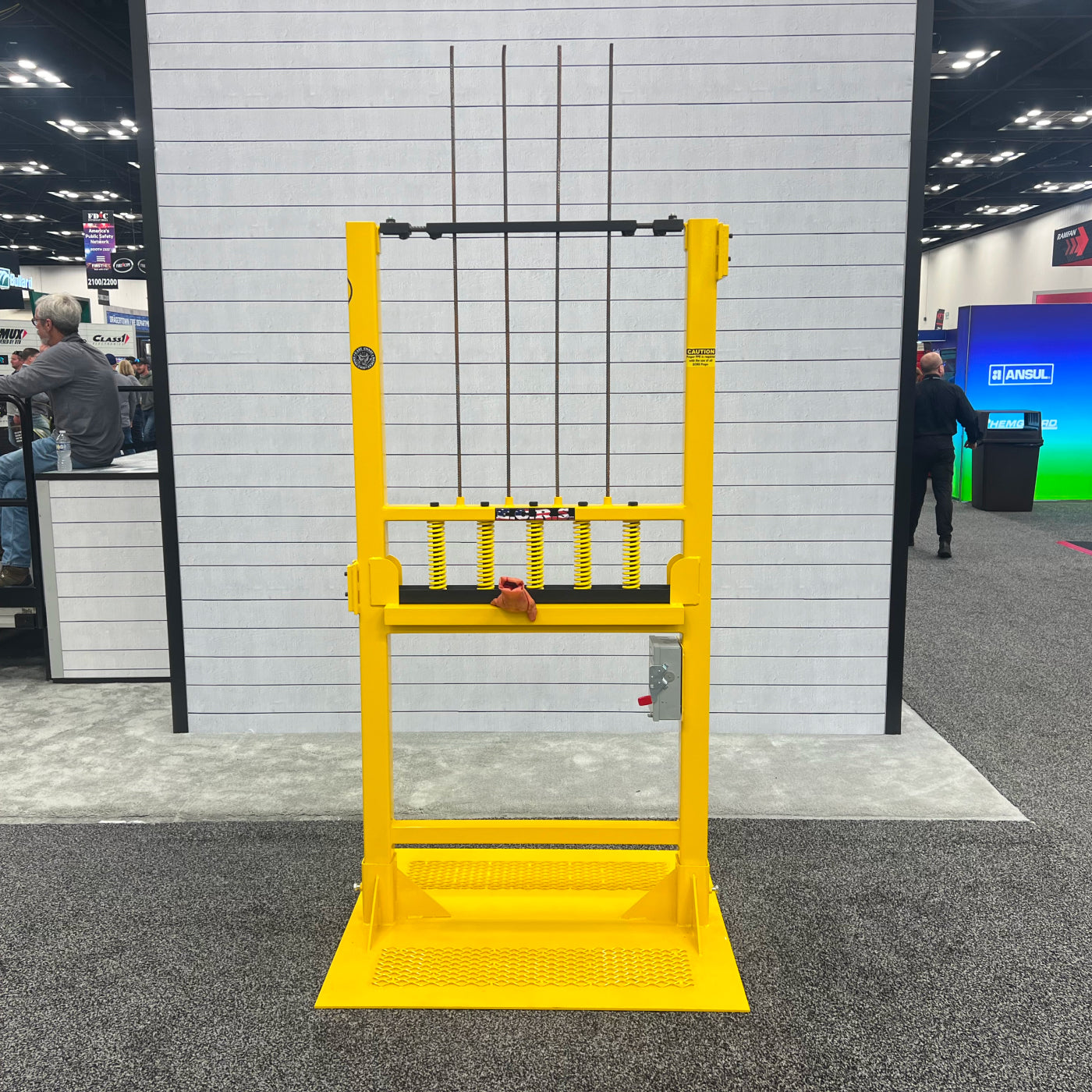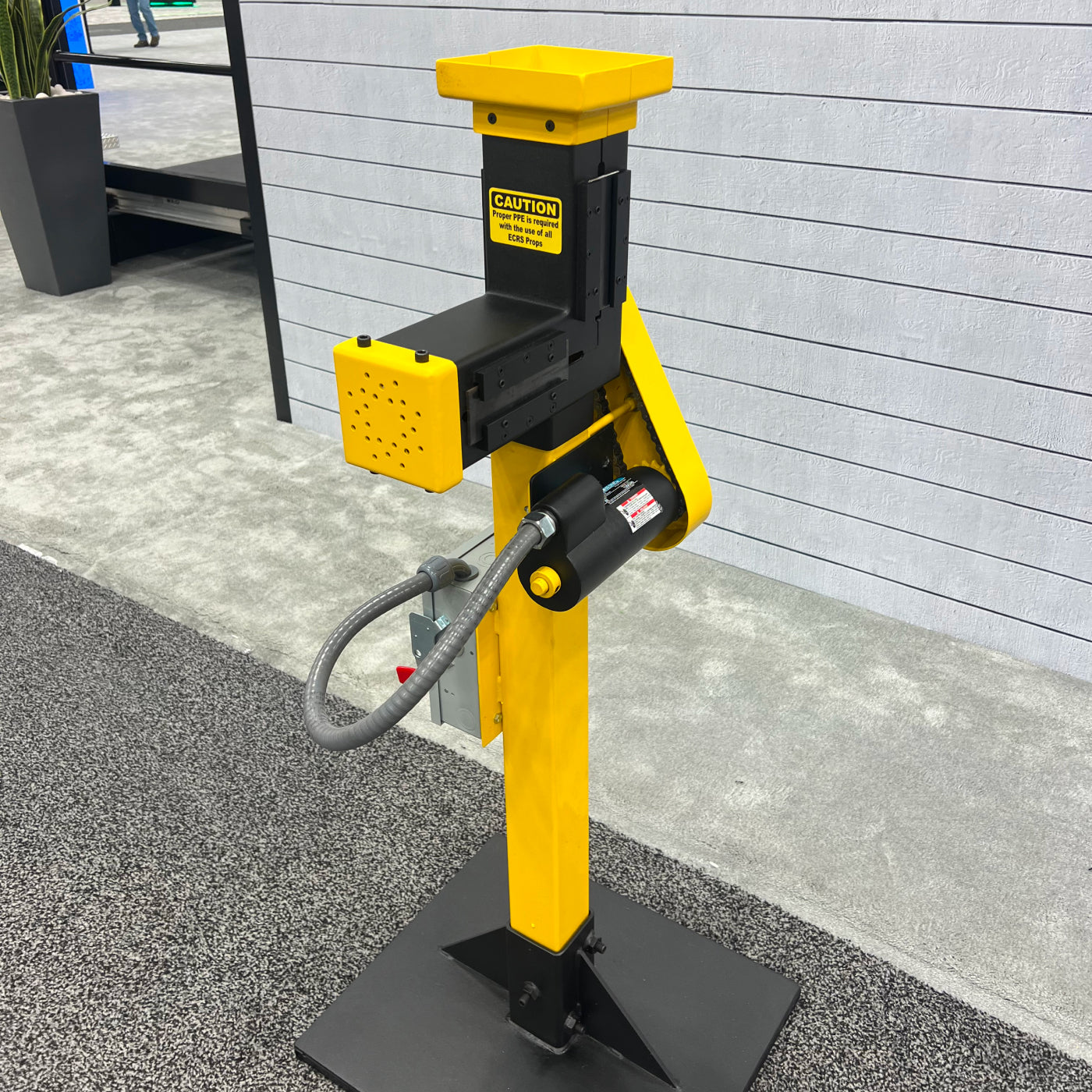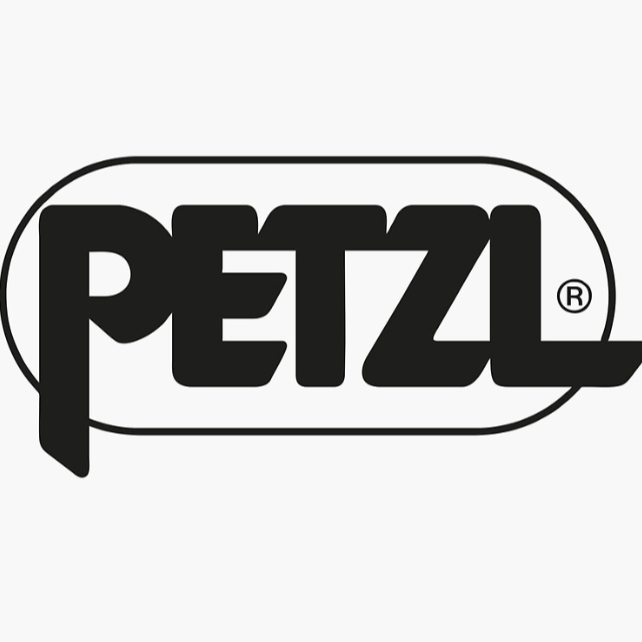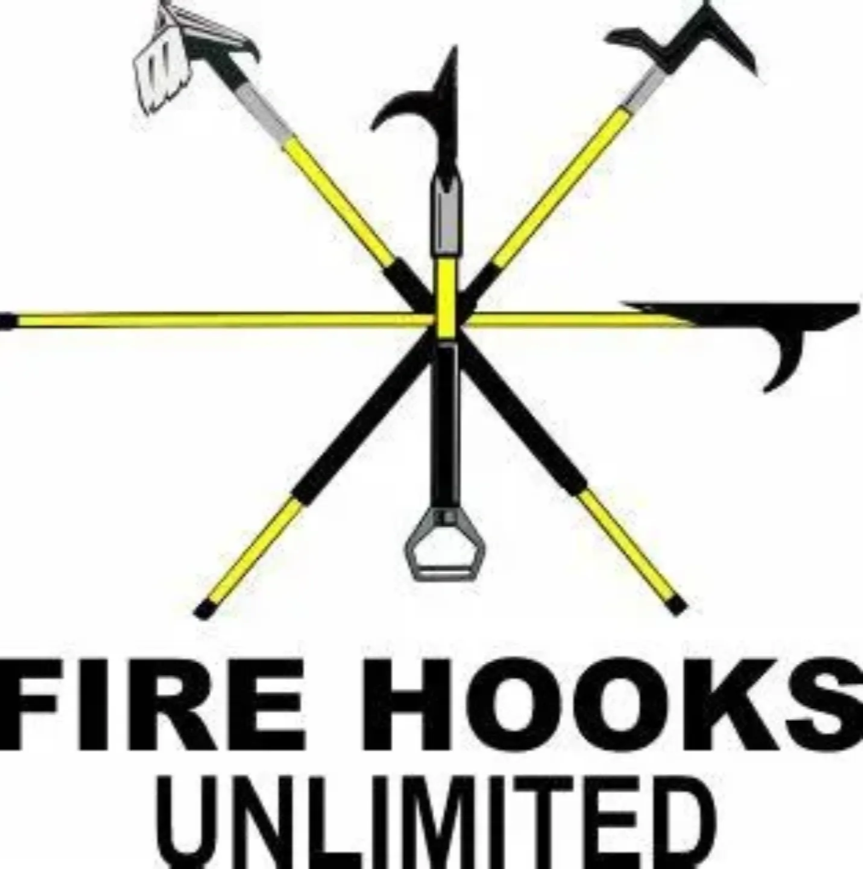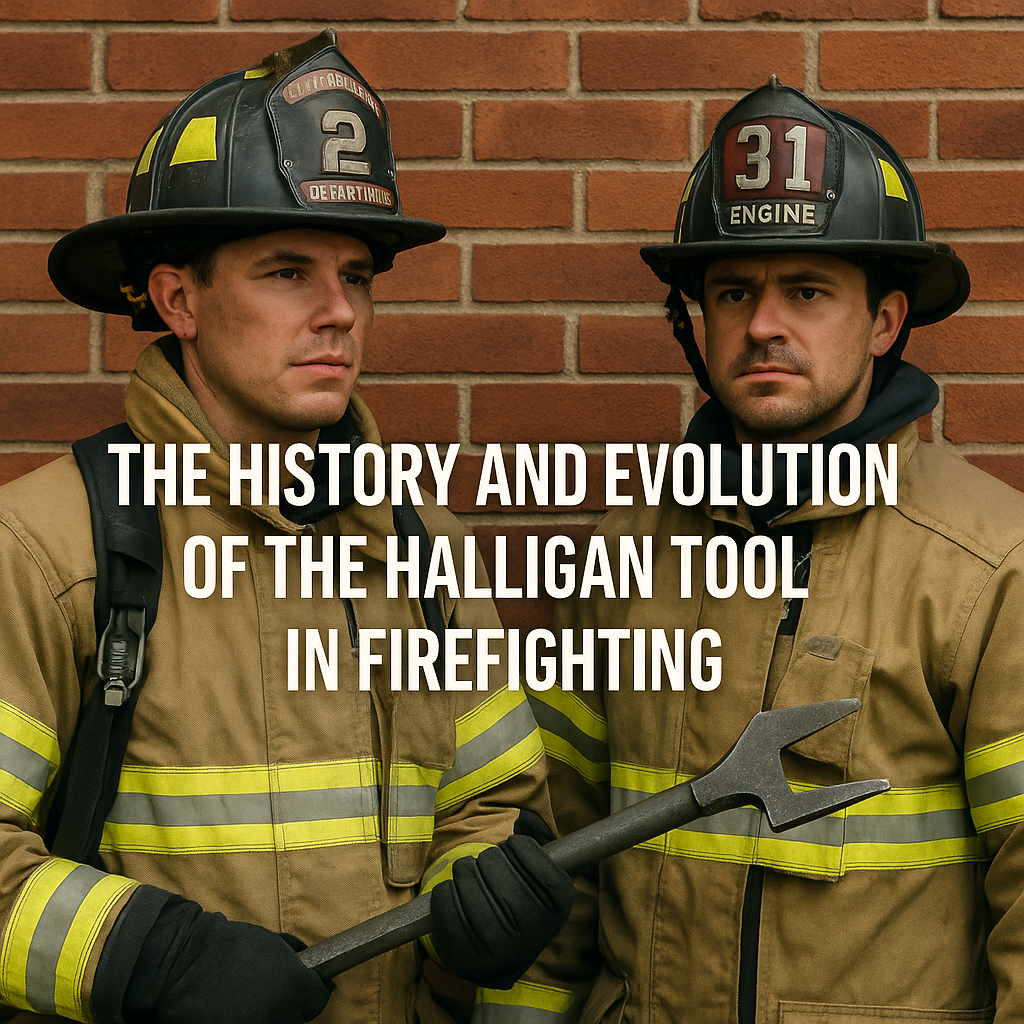Forcible entry tools are essential in firefighting, rescue operations, and tactical situations. Among the most debated choices are the Kelly tool and the Halligan bar. This article compares their design, uses, and pros and cons to help firefighters and departments make an informed decision.
What Is a Kelly Tool?
The Kelly tool is a traditional forcible entry bar featuring a flat adze on one end and a straight, slightly tapered fork on the other.
-
Origins: Developed in the 1940s by FDNY firefighter Captain John F. Kelly.
-
Primary Uses: Prying doors, windows, and locks; breaking padlocks; light demolition work.
-
Key Features: Straight fork design offers strong leverage but can be harder to manipulate in tight spaces.
What Is a Halligan Bar?
The Halligan bar—invented by Hugh Halligan in 1948—has become the gold standard in modern forcible entry.
-
Design Elements: Adze, fork (with a curved profile), and a pike for piercing or punching through materials.
-
Versatility: Its three working ends allow prying, striking, twisting, and punching in one tool.
-
Common Pairing: Frequently combined with a flathead axe to form the iconic “irons” set.
Key Differences Between the Kelly Tool and Halligan

Advantages of the Kelly Tool
-
Simpler design—easy for new firefighters to learn.
-
Slightly lighter and often less expensive.
-
Excellent for straightforward prying where minimal manipulation is required.
Advantages of the Halligan Bar
-
Three functional ends increase versatility.
-
Curved fork makes prying easier in tight spots.
-
Industry standard—most firefighters are trained on Halligan use.
-
Pairs seamlessly with axes and other tools for advanced techniques.
Situational Considerations for Fire Departments
-
Budget: Smaller departments might favor Kelly tools for cost savings.
-
Training: If a department’s training program focuses on Halligan techniques, adopting Halligans ensures consistency.
-
Operational Needs: Urban environments with varied entry challenges may benefit more from Halligans, while rural departments may find Kelly tools sufficient for their calls.
Expert Tips for Maximizing Tool Performance
-
Train Regularly: Practice forcing doors, prying, and manipulating locks with both tools.
-
Inspect and Maintain: Check for cracks, bent forks, or damaged adze edges after each use.
-
Pair Smartly: For Halligans, pairing with a flathead axe or sledgehammer increases effectiveness.
Conclusion
Both the Kelly tool and the Halligan bar have earned their place in firefighting history. The Kelly tool offers simplicity and affordability, while the Halligan bar delivers unmatched versatility and is widely regarded as the industry standard. The right choice depends on a department’s budget, training, and operational environment—but either tool, used correctly, can save time and lives in critical moments.

